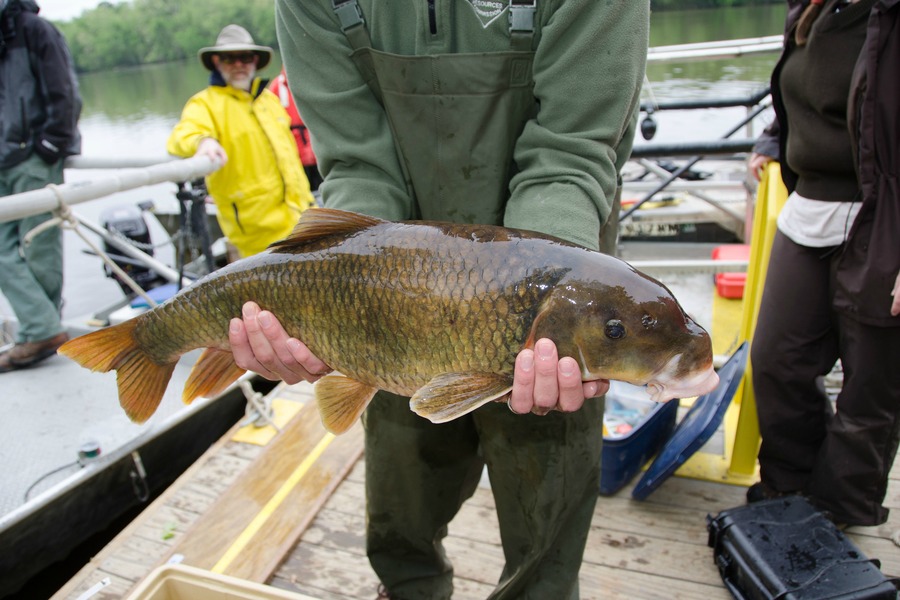South Carolina Aquarium staff participate in research and fieldwork to protect our state’s animals and environments. From population assessment surveys to restoration of critical habitats, their contributions in the field help ensure a healthy future for South Carolina’s water, wildlife and wild places.




Reef Research
Reef Research celebrates the importance of marine protected areas (MPAs) for scientific discovery and for sustaining a balanced ocean. In partnership with SCDNR, our pilot project involved studying the effects of lionfish removal on local fish populations, especially snapper and grouper (species that compete with lionfish for prey), to determine any changes to their abundance and diversity. This research was performed at newly designated MPAs comprised of two artificial reefs – the first of their kind nationwide.


Atlantic Bottlenose Dolphin Distribution
Charleston Harbor is home to a population of Atlantic bottlenose dolphins. In partnership with the University of South Carolina, South Carolina Department of Natural Resources (SCDNR) and the University of Aberdeen in Scotland, we are studying the effects of anthropogenic, or man-made, changes on the local dolphin population, including their distribution. We’ve deployed acoustic devices underwater to record the soundscape of the urban estuarine environment, enabling us to evaluate how ambient, biological and anthropogenic noise affects dolphins.
Oyster Reef Habitat Restoration
Oysters are invaluable to society for a variety of reasons – they filter and clean water, help protect the shoreline from erosion, and serve as a growing habitat for marine organisms. We assist SCDNR with bagging oyster shells and planting oyster reefs as well as tracking their progress. In 2017 alone, we planted 1600 bags of oyster shells on the banks of Wappoo Cut.


Hicatee Development
The hicatee, also known as the central American river turtle, is a critically endangered species hailing from Belize. Our staff are uniquely qualified to help protect this turtle because its closest relative is the green sea turtle. In collaboration with the Turtle Survival Alliance and the Belize Foundation for Research and Environmental Education, we assist with research determining the breeding habits and developmental needs of the hicatee turtle. Through annual medical exams and ultrasound imagery of female egg development, we can monitor the health of each individual turtle and better understand the species.
Freshwater Mussel Count
Freshwater mussels are indicator species that give us insight into larger environmental changes. We deploy volunteer divers into South Carolina’s rivers to survey all species of freshwater mussels inhabiting them. By comparing the species of freshwater mussels found in each waterway with historical data, researchers can determine changes in the range of each species. In turn, organizations like the Nature Conservancy and SCDNR can use these findings to identify areas to preserve.


Horseshoe Crab Population Assessment
Horseshoe crabs hold a valuable role in the biomedical industry and the environment. Every spring, horseshoe crabs spawn, or nest, on the beaches next to the Aquarium. We survey this population by counting the total number of sightings, determining sex and spawning status, and tagging a predetermined number of crabs to identify in future sightings. All data recorded aids SCDNR in horseshoe crab population management and responsible harvesting practices.
Robust Redhorse Conservation
Once thought to be extinct, the robust redhorse was rediscovered in southeastern rivers a few years ago. As members of the Robust Redhorse Conservation Committee, we work to preserve this species by breeding the robust redhorse. Adults are spawned where collected, then the eggs are hatched in captivity and released back into the river to contribute to the wild robust redhorse population.


